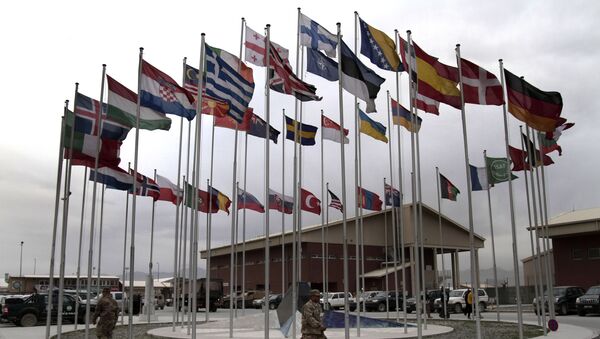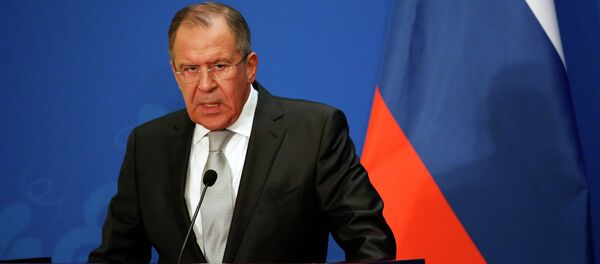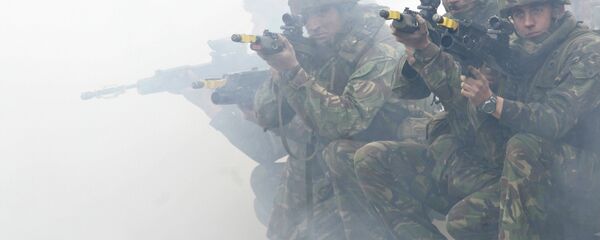“The first element is to increase the threat potential. The second, given the fact that nearly all negotiation mechanisms on arms reduction in Europe are frozen, is to create a threshold that would allow NATO countries not to reduce their military capabilities, but rather negotiate with Russia on going back to the ‘starting point’ from which they initially intended to start negotiations,” the source said.
According to the source, it is “unlikely that any sensible experts imagine that Russia intends to attack eastern European countries.”
After Kiev launched a military offensive against independence supporters in Ukraine's eastern Donbas region in April, NATO has been accusing Russia of providing Donbas militia with military assistance. Russia has firmly denied the claims.
Earlier in the week, NATO announced that its Rapid Response Force would be increased from 13,000 to 30,000 people, and six new command posts would be created in NATO states neighboring Russia.
Moscow has repeatedly expressed concern over NATO’s military buildup in Eastern Europe.




